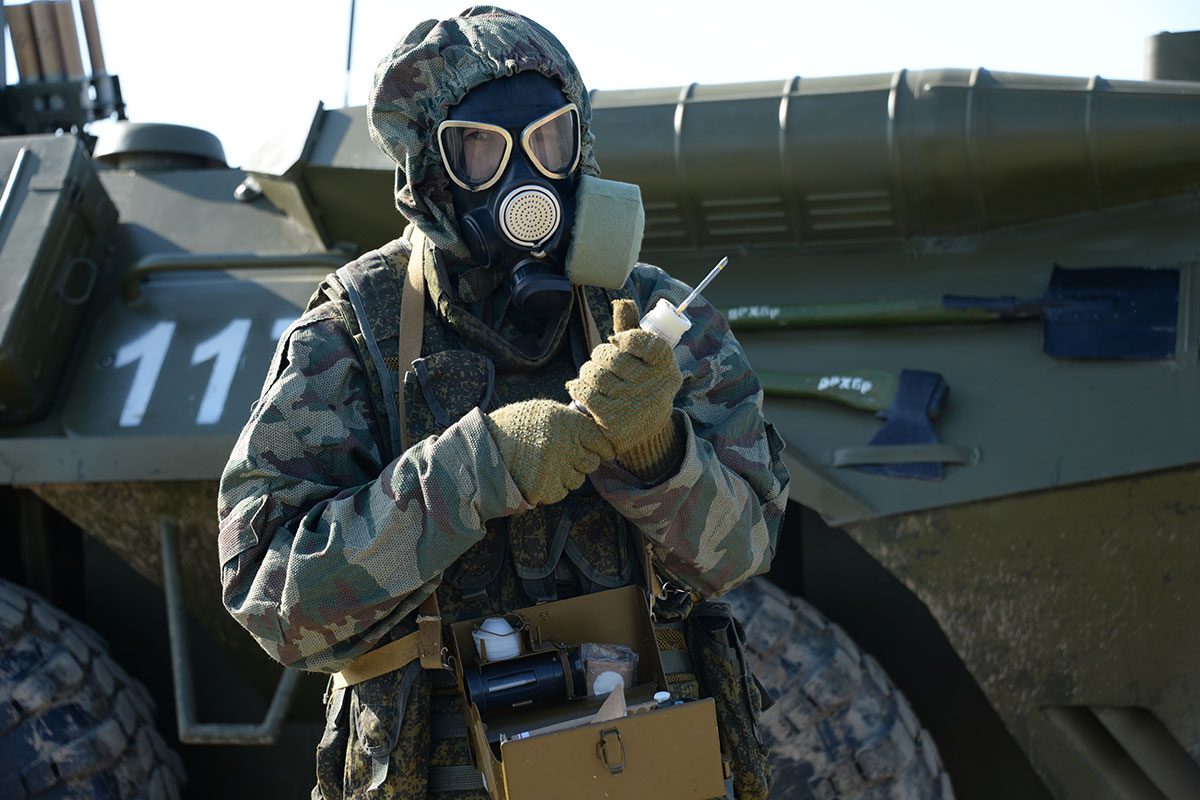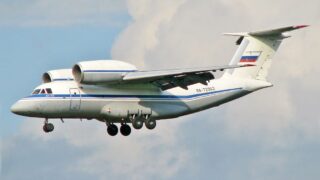
The Washington Post: Satellite images show unusual expansion at closed Soviet biolaboratory near Sergiev Posad
Over the past two years, satellite images have documented an unusual expansion of construction at a closed facility near the military town of Sergiev Posad-6, which housed an old Soviet biolaboratory, The Washington Post reported.
Russia’s expansion of a closed biolab facility near Moscow, documented through satellite imagery since its invasion of Ukraine, signals a potentially alarming development in biological research capabilities. The expansion of this military-affiliated site, coupled with recent statements from Russian defense officials about enhancing biological threat responses, has prompted former US defense officials to view it as a possible strategic warning signal from Moscow amid escalating international tensions.
Journalists studied images provided by Google Earth, as well as commercial companies Maxar and Planet Labs. The unusual activity at the site in question began around May 2022, a few months after Russian troops invaded Ukraine, WP notes.
The images show construction machines renovating an old Soviet laboratory and laying the foundations for 10 new buildings. Some of them, as WP writes, have the characteristic features of biolaboratories designed to work with extremely dangerous pathogens.
The journalists also showed the satellite images to several experts, including current and former US intelligence, military and biological defense officials. They noted a number of features that together indicated a highly defensive biological facility.
One indication is the unusually large amount of air handling equipment in the four buildings. This, experts say, is typical of high-security laboratories. In addition, the site has a building with tall pipes, which experts believe is a small independent power plant, and photos taken in April and May 2023 show the construction of an underground tunnel connecting it to the laboratory.
Other photos taken during the construction phase of one of the buildings show the internal division into compartments. Experts say this layout is consistent with the lab’s “maximum containment” design.
The Russian military did not hide the construction at the facility. In April 2024, Sergei Borisevich, head of the Russian Defense Ministry’s 48th Central Research Institute, told the Krasnaya Zvezda newspaper that it was planned to complete construction of “a new unique research cluster, including laboratory buildings,” by the end of the year. According to him, this will make it possible to “respond even more promptly to threats of a biological nature.”
Andrew Weber, a former top Pentagon nonproliferation official who investigated Soviet biological weapons facilities in the 1990s, believes Moscow is thus warning adversaries of possible use.
“Putin is waving nuclear weapons openly and in the press. But since they never admit to having biological weapons, the way to send a signal is to talk about these facilities. The subtle hint here is, ‘Hey, we have this capability. And don’t think we’re not going to use it,’” Weber says.
Related:




















